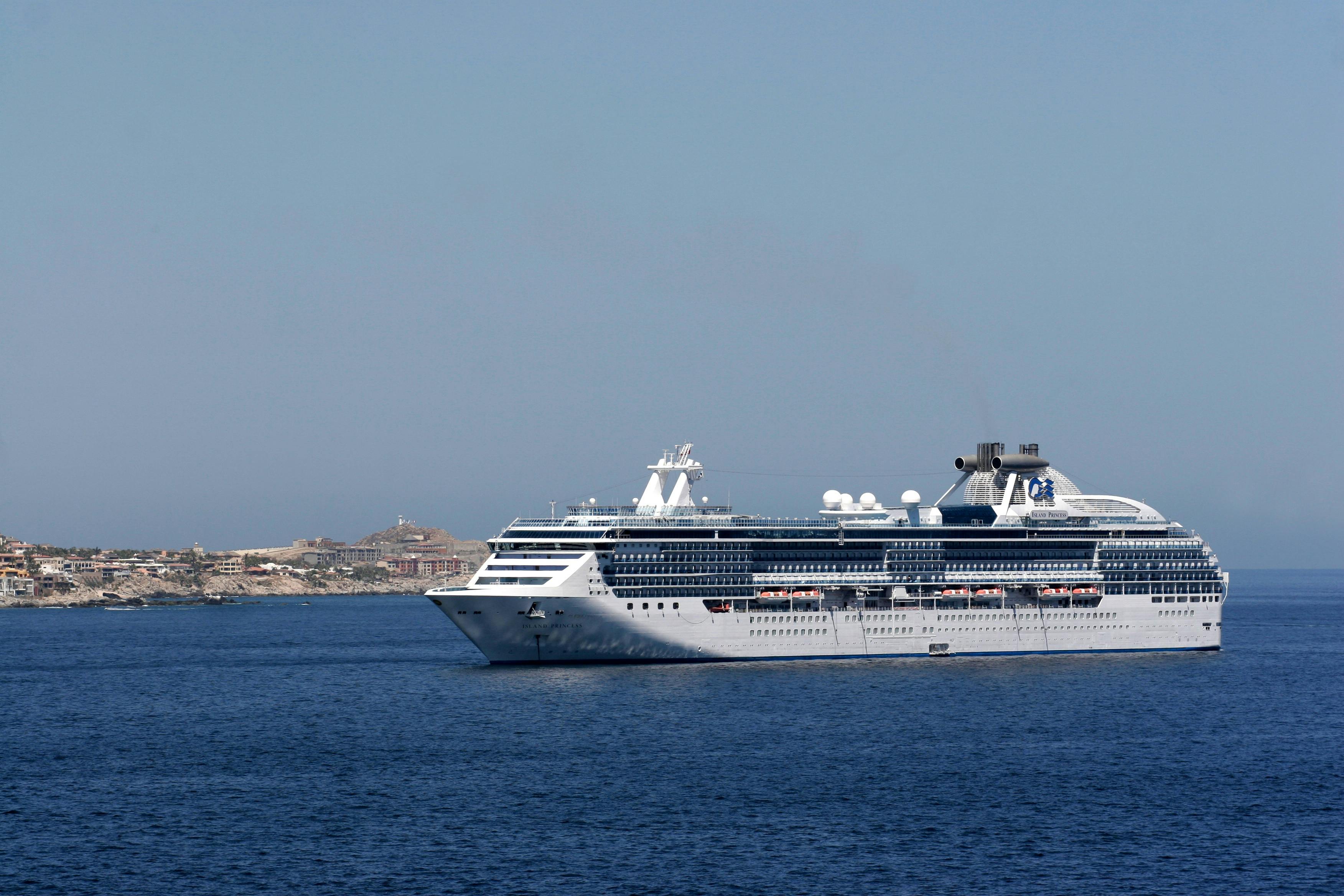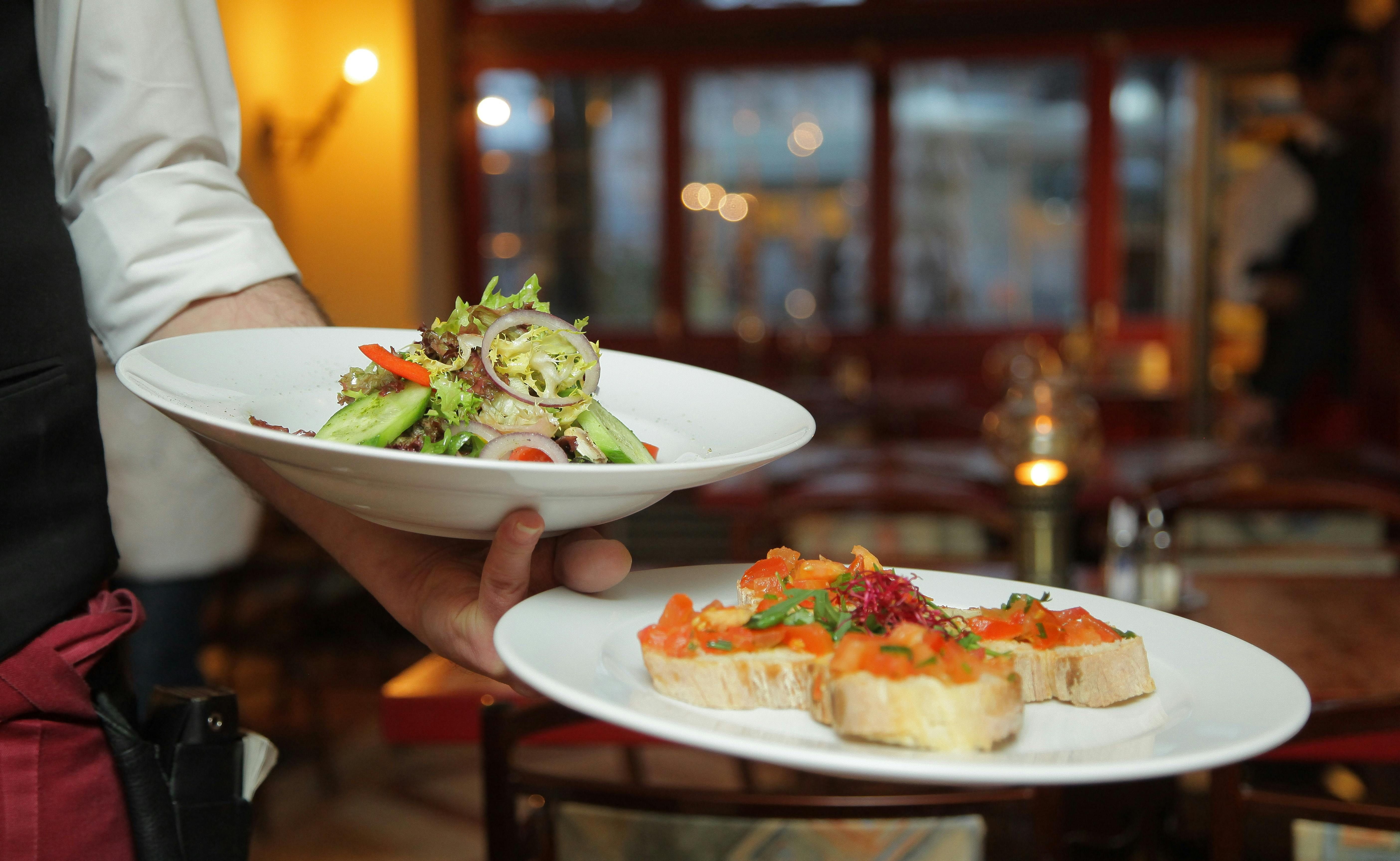Luxury Train and Cruise Meetings in Japan
Author
Chan
Date Published

Japan’s luxury trains and cruises redefine what incentive meetings can look like. Combining precision service with cinematic scenery, these programs turn transit into an experience. From the Seven Stars in Kyushu to the Train Suite Shiki-Shima and Guntu Setouchi Inland Sea cruise, these premium journeys host small corporate gatherings that value exclusivity, privacy, and aesthetic immersion. Planners seeking ultra-premium formats increasingly turn to these mobile venues to create unforgettable leadership incentives and board retreats.
Japan’s transportation network makes it uniquely suited for such experiences. Luxury trains operate with hotel level amenities and customizable routes, while cruises provide floating meeting suites surrounded by serene coastal landscapes. This guide explains how to design, cost, and deliver high end train and cruise programs that merge Japanese omotenashi with executive level precision.

Charter Routes and Itinerary Design
Designing a chartered route in Japan is both an art and a logistical discipline. Each luxury train and cruise follows government approved timetables and port slots, which makes early coordination critical. Unlike standard incentive travel, these itineraries operate as moving venues, where every kilometer is part of the brand story. Routes are intentionally curated to showcase Japan’s changing geography, craftsmanship, and hospitality culture within a controlled schedule.
For instance, the Train Suite Shiki Shima connects Tokyo with northern landscapes through seasonal storytelling themes, from spring sakura valleys to Hokkaido snow scenes. The Seven Stars in Kyushu loops across five prefectures, incorporating onshore cultural stops, artisan studios, and garden dinners. On the water, Guntu sails through the Setouchi Inland Sea, offering slow paced coastal immersion and onboard experiences curated around each island’s heritage.
Each charter allows customization of stopovers, menus, and onboard briefings, but routing remains subject to JR and Port Authority clearances. Typical programs last two to four nights, operating as all inclusive journeys where meetings, meals, and excursions blend into one continuous experience.
Mini Checklist
• Reserve charters at least nine months ahead through authorized operators
• Confirm routing feasibility based on season and weather conditions
• Request bilingual coordination staff for all onboard briefings
• Align pre boarding and excursion timings with Japan Rail and Port Authority guidelines
Clause Example:
The Organizer shall confirm charter approval and itinerary validation with operating authorities no later than ninety days prior to departure to ensure compliance with national transport scheduling.
Selecting routes that reflect regional culture or natural beauty creates a powerful sense of narrative and exclusivity, turning each leg of travel into a living showcase of Japan’s hospitality.
Meeting Setups and Onboard Facilities
Luxury train and cruise interiors are designed with modular flexibility that accommodates small group meetings, product unveilings, or executive sessions. The Shiki Shima offers a multi use lounge car that can be transformed into a boardroom for twelve guests, while the Seven Stars includes a salon car ideal for fireside discussions and wine pairings. On Guntu, meeting setups are often created in the library suite or on the open deck with portable AV and privacy partitions.
All setups comply with safety and vibration standards regulated by Japan Railway and Maritime Transport bureaus, ensuring stable environments for presentations and recordings. Technical installations such as portable LED displays, sound systems, and interpreter headsets must be pre approved by the operating crew for safety certification.
Mini Checklist
• Submit seating and equipment plans during booking confirmation
• Verify electrical capacity and outlet distribution in meeting areas
• Confirm AV compatibility for onboard systems and Wi Fi coverage
• Arrange interpreter and technical staff cabins for multi day programs
Clause Example:
The Organizer shall submit detailed meeting setup specifications to the operator for approval, ensuring all fixtures and AV equipment meet national safety and vibration regulations.
Modular design allows seamless transition from formal sessions to networking or private dining without external setup delays.

Dining and Culinary Experience
Dining aboard Japan’s luxury trains and cruises rivals Michelin starred restaurants. Each journey highlights regional produce, curated by celebrity chefs, and presented as multi course tasting menus. The Seven Stars employs Kyushu’s renowned chefs who adjust dishes to the prefecture the train passes through. Shiki Shima’s dining car Kizashi changes menus seasonally, sourcing ingredients from local artisans. On Guntu, meals are designed daily based on port catch and guest preferences.
Private dining requests for corporate groups are available for full charters, including sake pairings, themed evenings, and gala style tasting events. Menus can also be adapted to international preferences with advance notice.
Mini Checklist
• Provide dietary and cultural preferences two weeks before departure
• Confirm bilingual menus and staff briefings for all meals
• Coordinate dining timings with meeting or excursion schedules
• Verify that alcohol service complies with corporate hospitality guidelines
Clause Example:
The Organizer shall coordinate with the onboard culinary director to finalize group menus reflecting both regional authenticity and attendee dietary compliance before the start of the charter.
Dining becomes a storytelling medium that links local heritage with the brand’s message, reinforcing Japan’s hospitality excellence.

Pricing Bands and Booking Considerations
Luxury train and cruise charters in Japan follow transparent yet high value pricing structures influenced by exclusivity, capacity, and season. Rates are quoted per cabin or suite, including meals, excursions, and service fees. Her is a smaple pf rogram type along with duration, prices for cruise ships in Japan.
Program Type | Capacity | Duration | Average Charter Price (JPY) | Notes |
|---|---|---|---|---|
Train Suite Shiki Shima | Up to 34 guests | 2 to 4 nights | 10,000,000 to 18,000,000 | Operates from Ueno Station, Tokyo, limited departures |
Seven Stars in Kyushu | Up to 28 guests | 2 to 4 nights | 8,000,000 to 15,000,000 | Includes regional excursions and onboard live performances |
Guntu Cruise | Up to 38 guests | 2 to 3 nights | 12,000,000 to 20,000,000 | Departs from Hiroshima, customizable private sailings |
Twilight Express Mizukaze | Up to 30 guests | 2 nights | 9,000,000 to 14,000,000 | Operates western Japan coastal routes with classical interior styling |
Mini Checklist
• Confirm minimum charter duration and deposit policy (30 to 50 percent)
• Include transport to and from departure stations in participant cost
• Review cancellation penalties tied to seasonal demand
• Negotiate inclusion of branding materials within cabins or dining spaces
Clause Example:
All charter agreements shall include a defined refund structure, operator liability terms, and onboard branding rights negotiated before contract execution.
Pricing transparency helps planners justify ROI while maintaining exclusivity suitable for executive incentive programs.
FAQs
1. How far in advance should luxury train or cruise charters be booked?
Ideally nine to twelve months in advance due to limited departures and high demand from both domestic and international groups.
2. Can branding or signage be used onboard?
Yes, but all branding elements must be approved by the operator to preserve design integrity and cultural standards.
3. Are bilingual staff standard for private charters?
Yes, English speaking hospitality and coordination staff are available, though numbers depend on the operator and itinerary.
4. Are internet and communication systems reliable onboard?
Wi Fi coverage is available but can fluctuate in mountainous or offshore areas. Pre download presentation materials when possible.
5. Are full buyouts mandatory for corporate use?
Most incentive programs require full buyouts for privacy and scheduling flexibility, though partial charters may be considered off peak.
Conclusion
Luxury train and cruise meetings in Japan combine exclusivity, precision, and hospitality into a seamless executive experience. With curated routes, exquisite cuisine, and meeting spaces surrounded by nature and design, these mobile venues transform travel into engagement.
Planners who coordinate early, follow safety and routing protocols, and integrate authentic regional elements create journeys that resonate long after arrival. Connect with us to access operator directories, bilingual setup templates, and sample charters for your next premium meeting in motion.